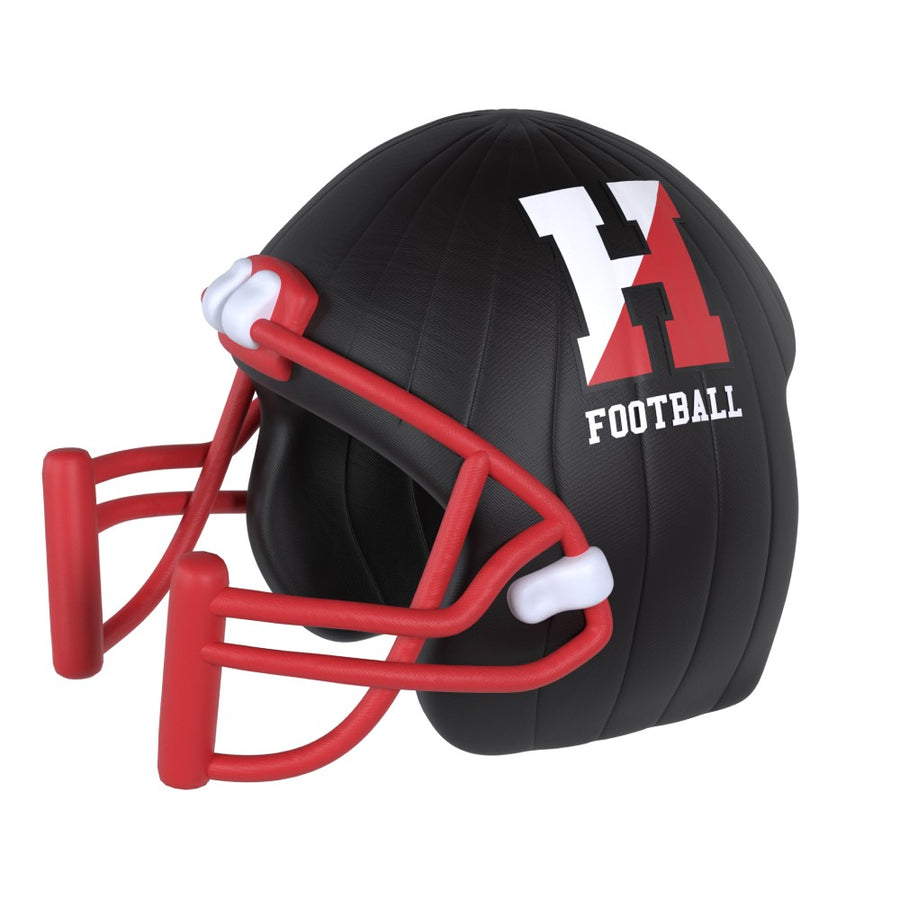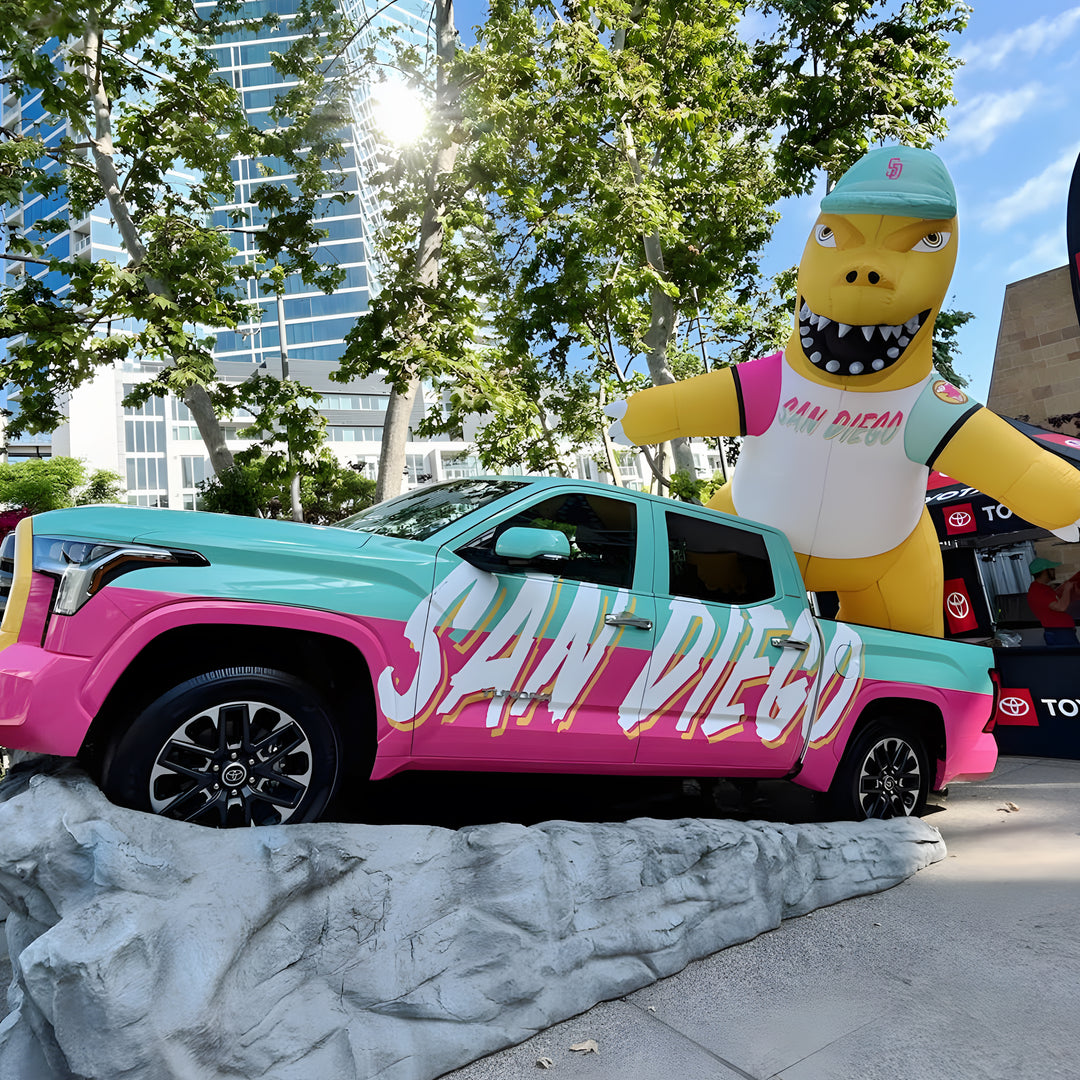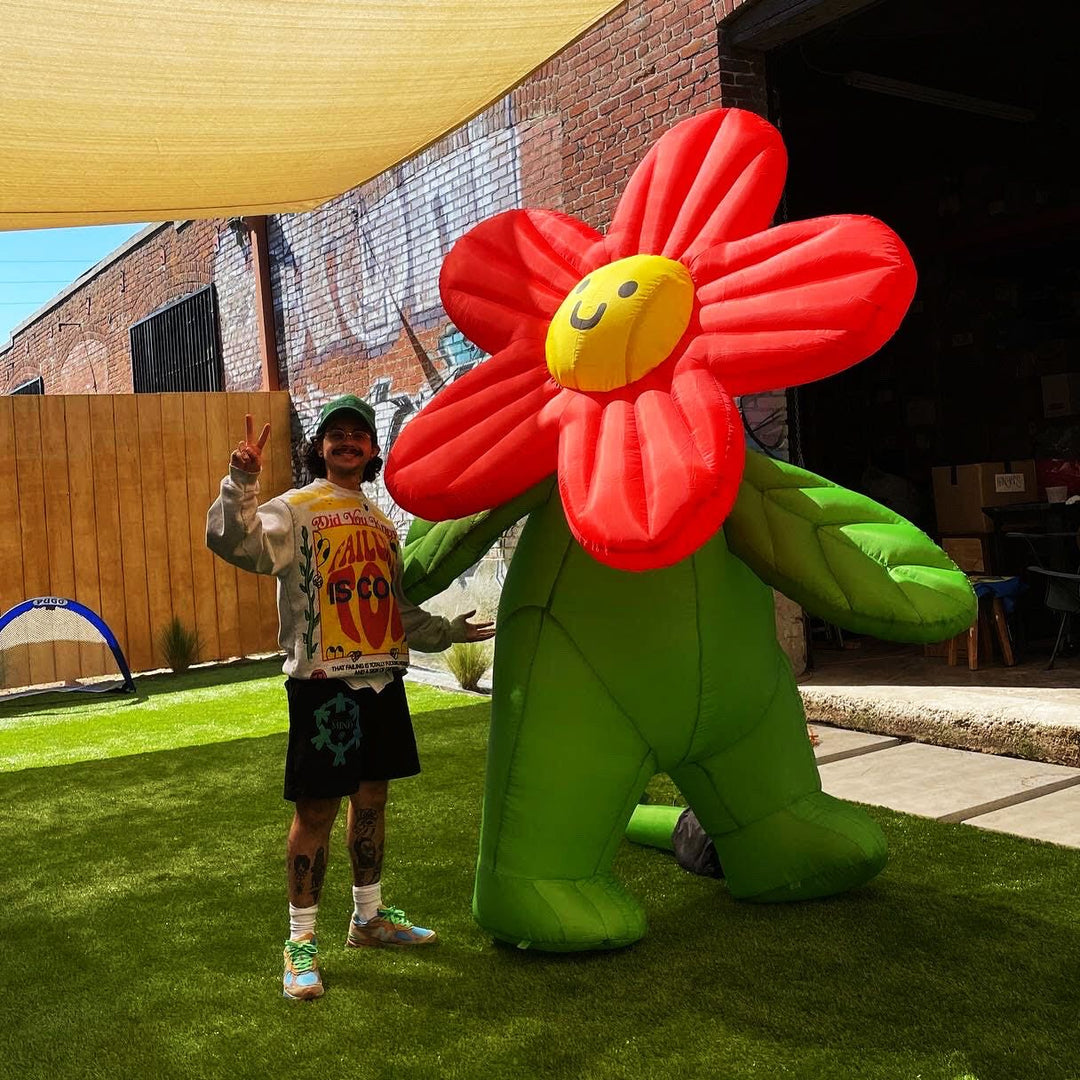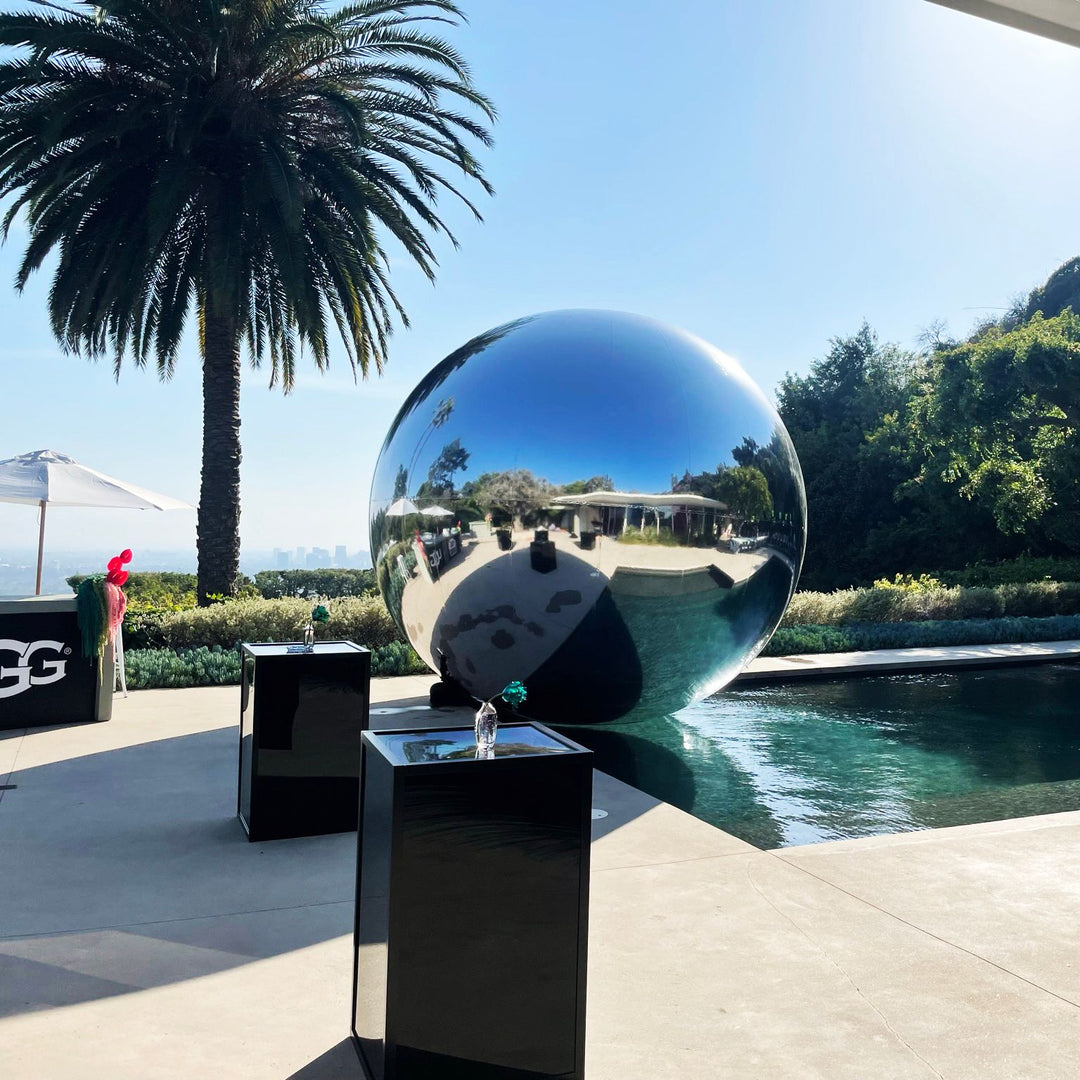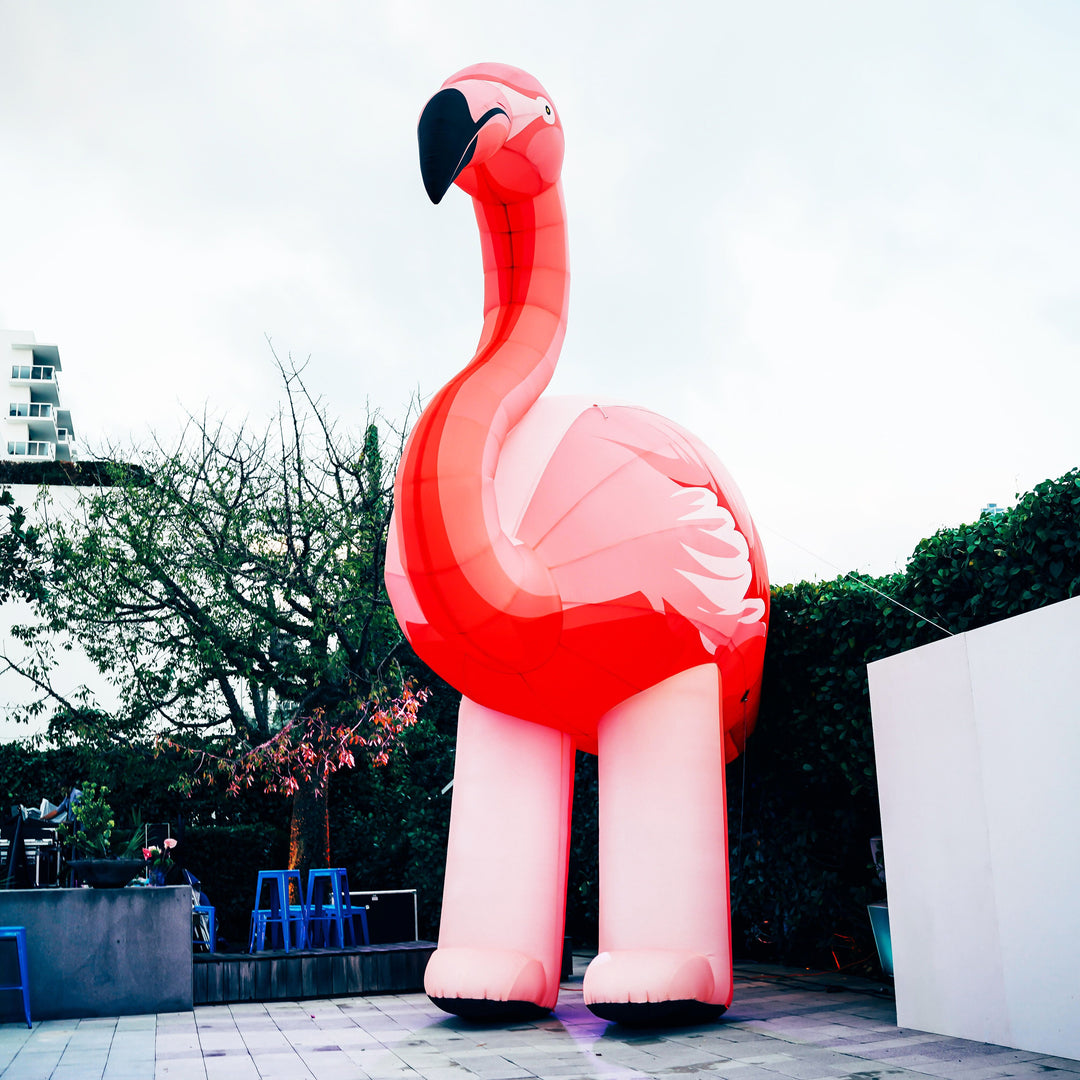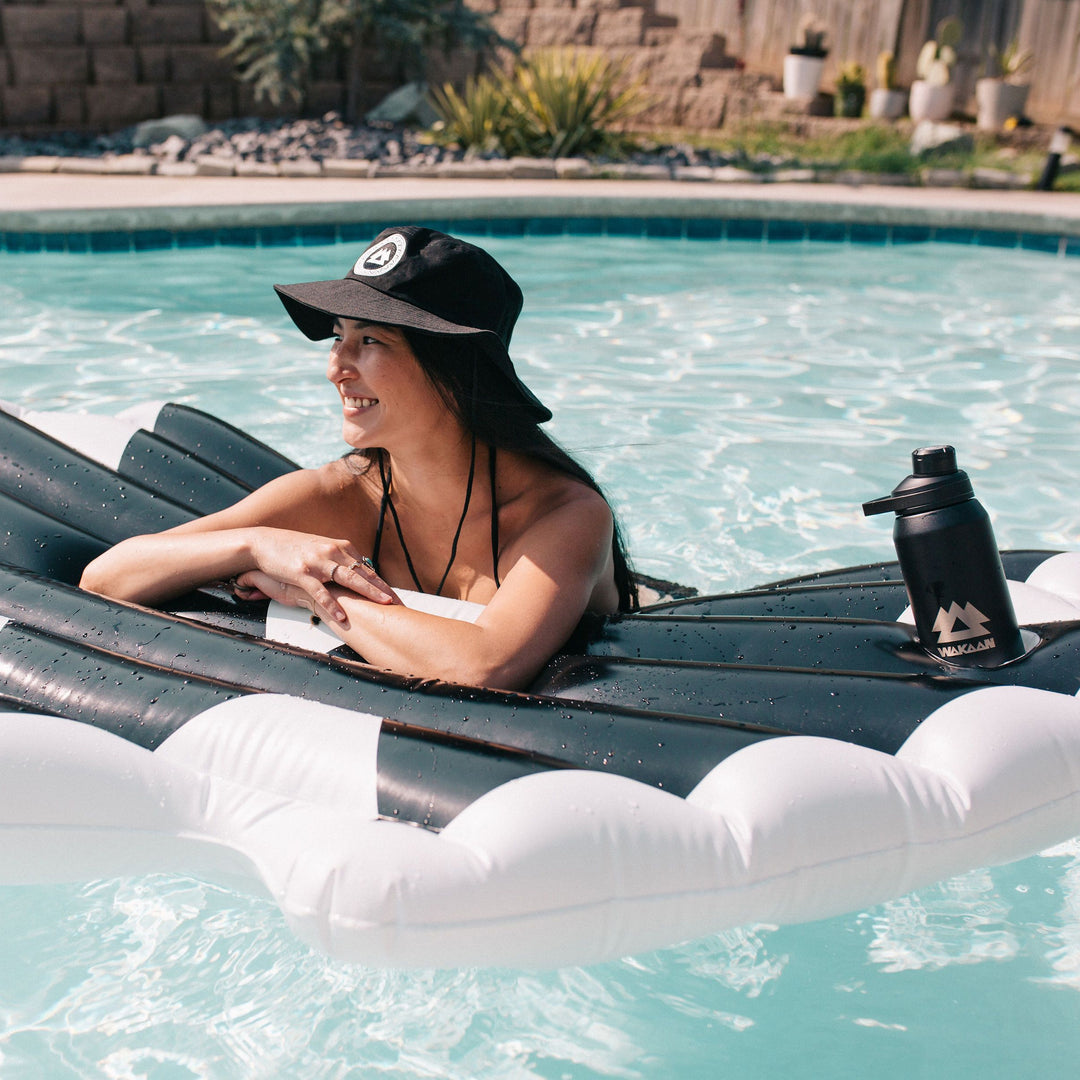How to Blow Up Inflatables: Simple Steps & Smart Safety Tips
Is there anything worse than a kid's birthday party grinding to a halt because you can't get the bouncy house to inflate? That sinking feeling when the blower is running but nothing is happening can turn any celebration into a party foul in no time.
The How to Blow up Inflatables guide is here to make sure that never happens again. Whether you're setting up a bouncy castle for a party or just inflating a new pool float for the backyard, our clear instructions will help you do it right the first time.
Why Inflating an Inflatable the Right Way Matters
Getting the inflation process right is more important than you might think. Using the wrong method can do more than just waste your time. It can damage the seams, overstress the material, or even cause your inflatable to burst. Doing it correctly keeps everyone safe, makes your inflatable last longer, and prevents it from going flat right in the middle of your event.
What You’ll Need Before You Start
Knowing how to blow up inflatables correctly starts with good preparation. Taking a few minutes to get ready will make the whole process much easier. Here is a simple checklist to follow before you begin.
Check the Valve Type
Knowing which one you have helps you pick the right pump. Look at the air inlet on your inflatable. The common types are:
-
Standard Valve: Often a push-pull cap.
-
One-Way Valve: Common in airbeds; it only lets air in.
-
Sealed Seam: Found on some large decorations; no valve, just a seam you seal after inflation.
Choose Your Inflation Tool
You have a few options for getting air inside:
-
Electric Pump: The fastest way. Best for large inflatables.
-
Hand or Foot Pump: A good portable option. No batteries needed.
-
Your Mouth: Works for small items when you have no pump.
-
Garbage-Bag Hack: A clever trick for when you have no pump. It involves catching air in a large plastic bag by swooping it through the air, then carefully funneling the opening over the inflatable's valve and squeezing the trapped air inside.
Consider the Inflatable's Size
A small pool ring is easy to inflate by mouth. An inflatable arch or inflatable tunnel absolutely requires a powerful pump. Match your tool to the size of the job.
Safety First
Remember to always take the following safety precautions:
-
Always plug an electric pump into a dry outlet away from water.
-
Place the inflatable on a flat, clean surface.
-
Clear the area of sticks, rocks, or anything sharp that could cause a puncture.
Step‑by‑Step: How to Blow up Inflatables
Follow this proven process to get your inflatable ready and keep it working properly.
Step 1: Unfold and Inspect
Lay your inflatable flat and check it over. Look for any tears and holes before you start. Pay extra attention to the seams. If you find something wrong, check out our How to Patch Floats guide for fixing tips.
Step 2: Attach Your Pump
Connect your pump nozzle securely to the valve. Make sure it's tight so air doesn't escape while inflating.
Step 3: Inflate Slowly
Start pumping air in gradually. For pool floats and similar items, stop when firm but still slightly soft. For custom large inflatables and large displays, keep the blower running continuously while in use.
Step 4: Secure the Valve
Once it’s fully inflated, close the valve cap tightly. Listen for any hissing sounds that might mean air is leaking out.
Step 5: Position and Check Stability
Move your inflated item to its final spot, make sure it's sitting evenly and securely. Give it a quick once-over to check for any wobbles or soft spots before you let anyone near it.
Step 6: Anchor Large Inflatables
For big inflatables such as custom inflatable football helmets, custom Christmas Inflatables, custom Halloween inflatables, or other large displays use ground stakes on grass or weighted sandbags on hard surfaces to keep them safely in place. Always use at least four anchor points for maximum stability, placing one at each corner of the inflatable.
Try This Hack If you Don’t Have a Pump
Get a large garbage bag. Catch air in the bag by swooping it open through the air, then squeeze the trapped air into the inflatable's valve. Repeat until fully inflated.
Common Mistakes & How to Avoid Them
Avoid these common pitfalls to keep your inflatables in top shape:
-
Over-inflating creates excessive stress on the seams and material, leading to ruptures. Always leave a little room for air to expand in the sun.
-
Using an electric pump near water is a serious electrical hazard. Always keep pumps and outlets dry.
-
Ignoring the setup area is a big mistake. Inflating on a rough surface or near sharp objects is an easy way to get a puncture. Always check your site first.
-
Forgetting to seal the valve will have you reinflating every hour. Double-check it’s tight.
-
Poor storage, like cramming a dirty, damp inflatable into a box invites mold, mildew, and material degradation.
Care, Storage & Inflation Maintenance
Proper care ensures your inflatables last for seasons to come.
-
After Use: Deflate completely. Rinse pool floats with fresh water to remove chlorine or salt. For vinyl or fabric inflatables, clean with a mild soap solution.
-
Storage: Always store your inflatables fully deflated in a cool, dry place away from direct sunlight and pests.
-
Maintenance: Before storing for the season, check for tiny punctures and patch them. For large inflatables with blowers, periodically check the air filter and ensure all anchor points are secure.
FAQs on How to Blow Up Inflatables
What's the easiest way to inflate pool floats?
The easiest way is always with an electric pump, which is widely considered the best pump for inflatables. It’s fast, requires little effort, and works well for all sizes.
How to inflate without a pump?
If you're figuring out how to inflate without a pump, the garbage bag method is your best bet. For smaller items, you can use your mouth, though it takes more time and lung power.
How do you blow up inflatables by mouth?
Place your mouth tightly over the valve and take slow, deep breaths, using your hands to block any air from escaping between breaths. Remember to take breaks to avoid getting dizzy.
How are inflatables inflated?
Inflatables are filled with air, which creates internal pressure to make them rigid. They are built with airtight chambers and valves to trap the air inside during use. Following good inflatable care tips, like proper storage, helps maintain this airtight seal.
What are some key inflatable care tips?
Key inflatable care tips include cleaning them with mild soap after use, letting them dry completely before storing, and keeping them in a cool, dry place away from sharp objects and direct sunlight.

